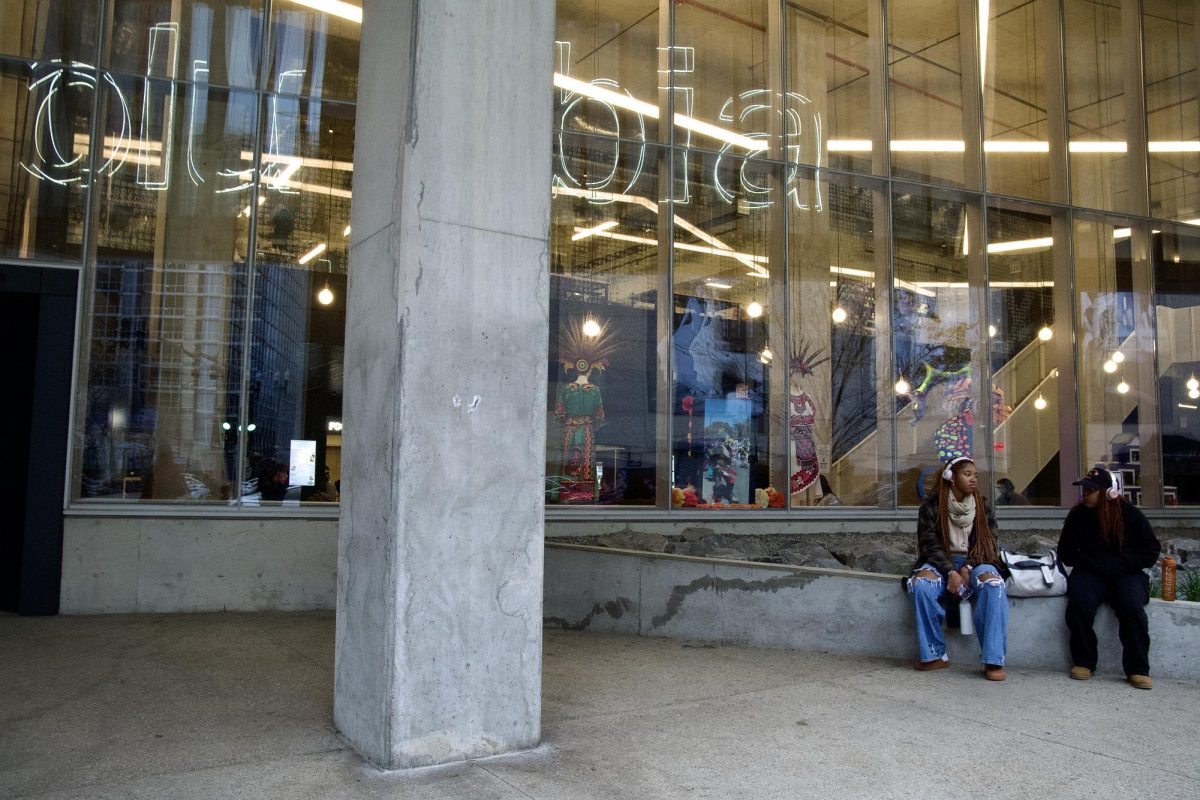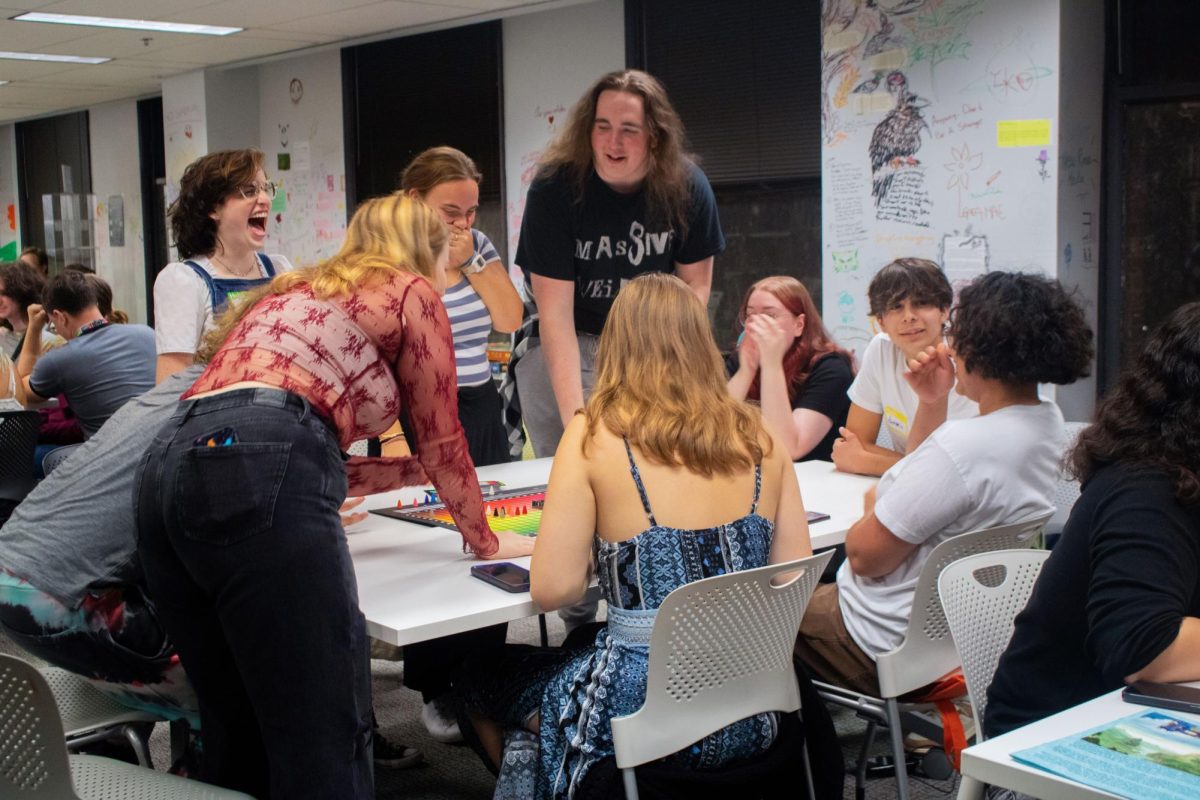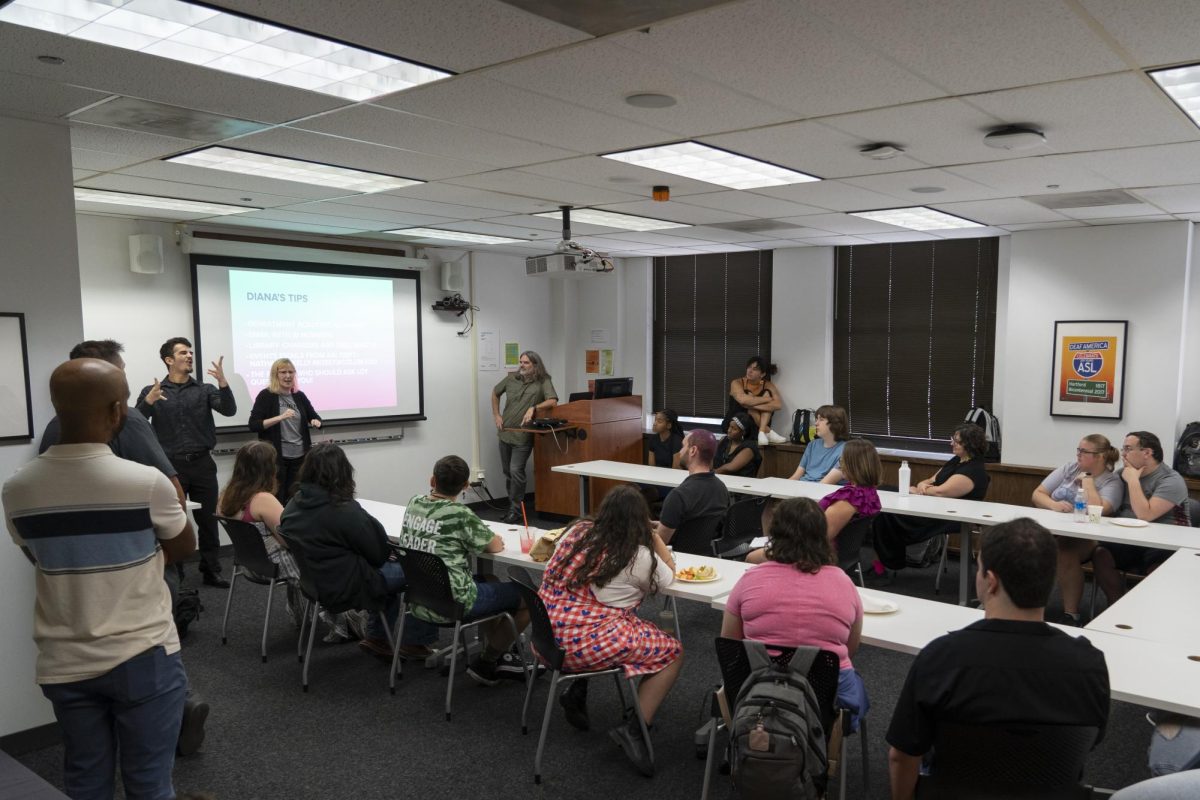The college is increasing tuition another 5% for continuing students for the next school year. New students will pay 10% more.
Full-time tuition for the 2025-2026 school year will be $33,886, an increase of $1,614 before financial aid, according to an email from Interim President and CEO Jerry Tarrer sent to students on Tuesday evening, Nov. 12.
In another email to faculty and staff, Tarrer outlined a new tiered tuition system. New undergraduate students will pay $35,498 in annual tuition, although most Columbia students historically have only paid half of that because of scholarships and other discounts, as the Chronicle previously reported.
The college’s Board of Trustees approved the increase on Oct. 28. For current students, fees also will increase by $30 to $1,540, a 2% increase, and housing will increase 3%. Semester in LA and U-Pass charges are not part of the fees.
Graduate tuition also will increase through a tiered system, with acting and cinema graduate students paying more than creative writing or strategic communication students, for example.
The college has raised tuition the past three school years, with a 10% increase in 2022 and another 5% in 2023 as the Chronicle previously reported.
Columbia is currently facing a $17 million deficit. The college has shrunk the deficit though cutting operational costs, buyouts and layoffs. It is also currently undertaking a massive overhaul of academic offerings to eliminate costly or underenrolled programs. .
In the Board of Trustees “Building Our Brighter Future” plan, the college outlined helping close that gap by “implementing a long term undergraduate and graduate tuition pricing strategy.” The strategic plan outlines until 2027.
Students told the Chronicle they were frustrated.
“I have seen the tuition increase every single year that I’ve been here,” said Mahlia Schneck, a senior journalism major.
She said her initial reaction to the email was to laugh. “My second thought was that it is very frustrating that it doesn’t really specify where the money goes. We went through the whole entire strike a few semesters ago, and we still didn’t really get an answer to what we were really looking for as to where does the money go?”
Tarrer said the increases are used to pay for “a combination” of things such as “new initiatives, and targeted investments in programs” and for upgrades to facilities, classroom upgrades and the creation of student spaces.
Tarrer said when making administrative decisions like these, “we do try to respond to student concerns when we make these decisions.”
Last fall semester a group of students behind an Instagram page called “COLUMPROTEST” listed their demands of the administration. The top demand was to request for the decrease or freezing of tuition rates to make Columbia more affordable. After the part-time faculty union and the college settled the seven-week strike, tuition was increased 5% in February.
Columbia is a tuition-dependent institution. When enrollment decreases, the college loses its main source of revenue. Enrollment declined by 1,000 students in the fall 2024.
Melhia Celisir, a junior film major, attends Columbia on a full ride scholarship and although she doesn’t think the increase will affect her, she said that for students working to pay for school, “it’s not fair.”
“Paying for college is already really hard. Some of us don’t get support from our parents. Some of us have to work,” said Celisir. “An additional $500 doesn’t seem like a lot but it is a lot for a student that has to work minimum wage to pay for college.”
Similarly, Mario Jimenez, senior photography major and president of Latino Alliance, said he felt frustrated by the tuition increase.
“Even if it’s by a small percentage, I don’t think it’s fair to students who already take out loans or pay out of pocket to cover their tuition,” Jimenez said. An increase in spring tuition would require him to take out an additional loan, he said.
For film majors Alex Calhoun, a sophomore, and Amaris Echenique, a junior, the increase came as a shock. They worry it may deter incoming students. “It’s adding more pressure,” said Calhoun.
“I wouldn’t want to be a freshman or a sophomore in my case and have to look forward to two or three more years of [tuition] raising each year, which is adding more pressure to ‘Do I want to stay?’” said Calhoun.
Echenique said it may make students question whether they want to stay here or not, especially current students.”
Calhoun and Echenique, who were studying at the Student Center on Tuesday, both said they will rely on their faith after struggling to pay tuition.
“If God is calling me to be here I’ll stay, but if he’s not, I’m going to leave,” Echenique said.
Additional reporting by Araceli Ramirez
Copy edited by Manuel Nocera
Spanish Digest:
Columbia está aumentando la matrícula a un 10% para los nuevos estudiantes de pregrado y un 5% para estudiantes que continúan para el año académico de 2025-2026, con la matrícula total para los nuevos estudiantes alcanzando $35,498.
El aumento forma parte de los esfuerzos de Columbia para hacer frente a un déficit de 17 millones de dólares, aunque algunos estudiantes expresan su frustración por la falta de claridad sobre cómo se utilizarán los fondos adicionales.
El aumento, que también incluye mayores tasas y costos de alojamiento, ha aumentado la preocupación entre los estudiantes, especialmente entre aquellos que tienen dificultades para pagar la matrícula o se enfrentan a la presión de futuros aumentos de precios.
“He visto la matrícula aumentar cada año desde que estoy aquí”, dijo Mahlia Schneck, estudiante de último año de periodismo.
Schneck dijo que su reacción inicial al correo electrónico fue reírse.
Resumen en Español por Doreen Abril Albuerne Rodriguez
Resumen en Español copia editada por Manuel Nocera










